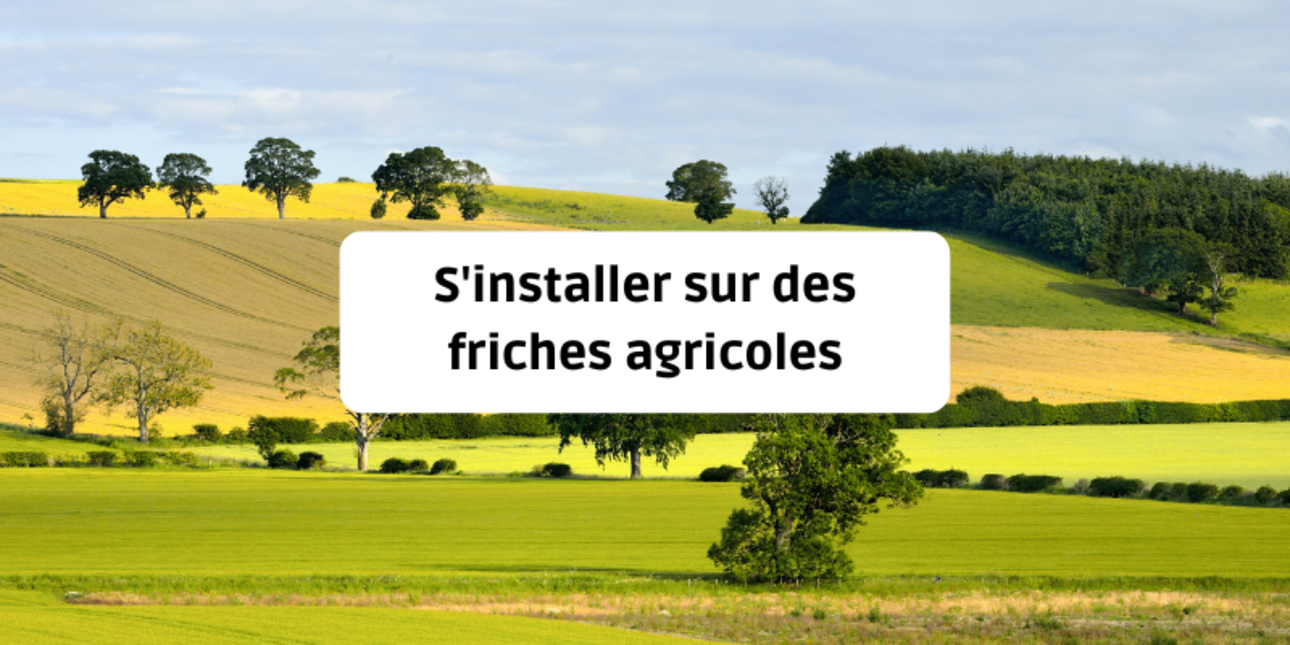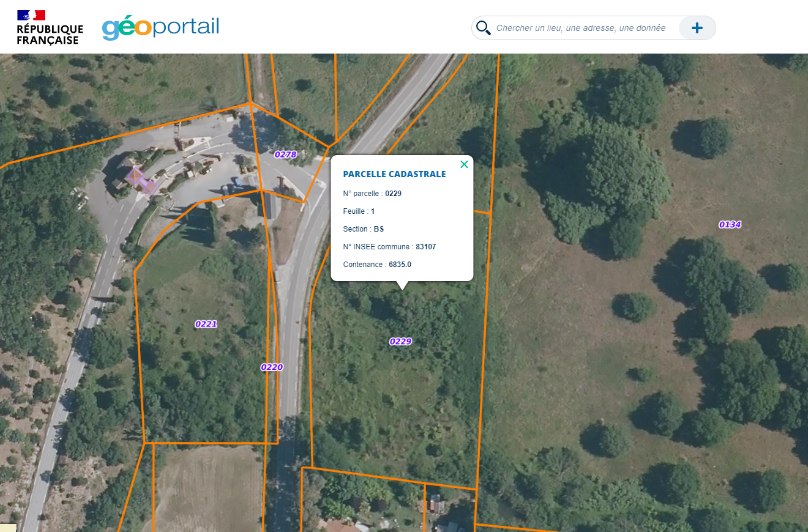
Access to land is one of the main difficulties in buying a farm. There is a great deal of competition between established farmers and aspiring farmers.
Unfortunately, it is common to find agricultural wastelands near cities, highways or tourist areas. The rural and maritime fishing code provides for procedures to rehabilitate these lands when they belong to private owners .
.
Land pressure is very high in France and a hectare of agricultural land that becomes available is often coveted by several people. This pressure is reflected in a steady increase in prices, which have doubled over the last thirty years.
However, it is common to find uncultivated agricultural land on the edge of large cities, tourist areas or roads. Some owners have not wished to re-let or sell their plots of land in the hope of being classified as building land, which would bring them a substantial increase in value. Some plots are held in joint ownership without any possibility of agreement between the co-owners or are part of estates without heirs. These are very diverse situations that are set in stone over time and that have the consequence of transforming agricultural land into wasteland.
Whatever the origin of the situation, if the land is classified as agricultural land in the urban planning documents, it is possible to initiate a procedure to rehabilitate this uncultivated or obviously under-exploited land.
But the first step will be to contact the owner.
You must first identify the parcel and its owner.
Identify the parcel
The geoportail.fr website can help you identify a parcel. You type the address of the parcel and you launch a search. Then choose the map you wish to view: choose "aerial photographs" then "cadastral parcels". By clicking on the parcel you will easily access the administrative coordinates of the parcel in question.

There are other online tools such as cadastre.gouv.fr, geofoncier.fr, ... to carry out this type of research.
The Land Value Request service (DVF) also allows you to quickly access the sales of the uncultivated parcel over the last 5 years. If there is no recent sale, you will have to continue your investigations.
With this information, go to the town hall of the commune to ask for the identity of the owner.
You can also contact the land ownership department of your tax office (formerly the mortgage registry). For a small fee, you will have access to the history of the different owners and the sale prices.
With the name and address of the owner, it will be easy for you to contact him and propose him to take over his plot by buying or renting it.
If the owner cannot be reached or refuses to rent it, you can eventually start an administrative procedure.
This administrative procedure is provided for in articles L125-1 to 125-15 of the rural and maritime fishing code.
Any individual or legal entity can ask the prefect for authorization to exploit an agricultural or pastoral parcel that has not been exploited for at least 3 years. After a procedure before the Commission Départementale d'Aménagement Foncier (CDAF) and with the owners, it will then be possible to obtain an authorization to farm and a rural lease from the owner.
If the property is rented, the procedure may also lead to the termination of the lease without compensation, thus giving the owner the possibility of farming the land or renting it out again.
The owner can of course appeal against this procedure, which can result in considerable delays.
As a recent ministerial response reminds us, the Commission Départementale de la Préservation des Espaces Naturels, Agricoles et Forestiers (CDPENAF) is responsible for "making an inventory of land considered as wasteland that could be rehabilitated for agricultural or forestry activity. Once the inventory of these agricultural wastelands has been completed, the public authorities may decide to initiate the procedure for the development of uncultivated or obviously underutilized land."
But this approach is still not activated enough. While the pressure on land remains very high, this little-known mechanism would allow many project leaders to find land to reclaim in areas that would allow the development of short circuits and direct sales.
Here are a few examples of approaches that have been put in place to turn wasteland into farmland and thus facilitate the installation of farmers:
Paysan Breton - article dated February 15, 2020 "Putting fallow land back into cultivation": https://www.paysan-breton.fr/2020/02/remettre-en-culture-des-terres-en-friche/
Ouest-France - article of January 3, 2020 "Finistère. The prefecture encourages the recultivation of agricultural wasteland": https://www.ouest-france.fr/bretagne/quimper-29000/finistere-la-prefecture-encourage-la-remise-en-culture-de-friches-agricoles-6676471
CDPENAF du Loiret: Detection of agricultural wasteland - Experimental method developed from Sentinel 2 satellite images - January 25, 2018: https://www.loiret.gouv.fr/index.php/content/download/41781/297007/file/20180125_R2C_Friches.pdf
DDTM de la somme - Les outils de la reconquête des friches - May 2020 : https://www.somme.gouv.fr/content/download/33010/202798/file/Fiches%20outils.pdf
Creation of an Agricultural Land Association to reclaim wasteland: https://www.lafranceagricole.fr/gestion-et-droit/article/777569/une-association-fonciere-agricole-pour-reconquerir-les-coteaux